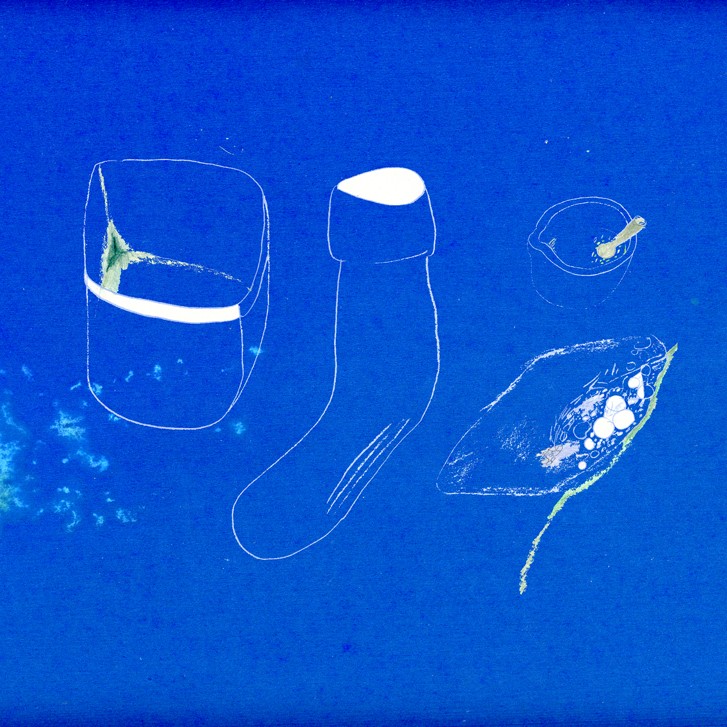Some notes on time and timekeeping…
The English word calendar can be traced back to the Latin calendarium, meaning “account book.”1 Calendarium comes from the root calendae, which was the name of the first day of the Roman month when the new moon appeared. Calendae itself comes from the root calare, which means to announce or call out.
In Rome, the new month was not predetermined but instead, priests would publicly announce the impending beginning, signaling that one was to pay one’s debt and reconcile their accounts––or as one might say now, rent is due on the first of the month.
To track time in European society and European-settler communities is to manage labor and accumulate wealth and land.
The standard of time we follow today is largely due to the invention of the maritime chronometer by John Harrison in the mid 1700s. This invention, through a precise measurement of seconds, minutes, and hours, allowed ships to calculate longitude at sea and chart their course. As European colonial powers vied for a competitive edge in maritime exploration and colonial acquisitions, the clock and time itself had to be mastered.
The introduction of the railroad necessitated even more precise time, even more synchronized movement across space. In 1848, towns around England changed their clocks to London time (GMT). The temporal authority shifted to the linear regularity of the railroad and to the centralization of the commerce hub. Historian Giordano Nanni explores in detail the history of standardized time, a technology that has been imposed and adapted globally through the rise of British imperial power.2
Giant clock towers such as Big Ben are monuments to the progress of European civilization, supplanting nature as the source of time experienced. The sound of bells once synchronizing the prayers of monks were put upon the laborer working and living off the land, and then the factory worker and schoolchild. The latent space after a rung bell accused the slow and unpunctual as degenerates. Within the colonies, it became a justification for lack of civilization and the need for European/Christian teachings.
Calendars/almanacs, clocks, and the rituals that punctuate time are forms of community building. Depending on its scale and usage, they create national identity, subcultural identity, ethnic identity, local identity. Synchronized time is a ringing bell that keeps us moving along a certain pace, at a pace that allows our labor to be quantified and to determine who’s in and who’s out. The images we use to depict time’s passage speak to concurrent beliefs of social and political organization.
Maybe some alternate forms of time-keeping can become songs that bring us to dance our own dances together.
2 Nanni, Giordano. *The Colonisation of Time*. Machester, UK: Manchester University Press, 2012.

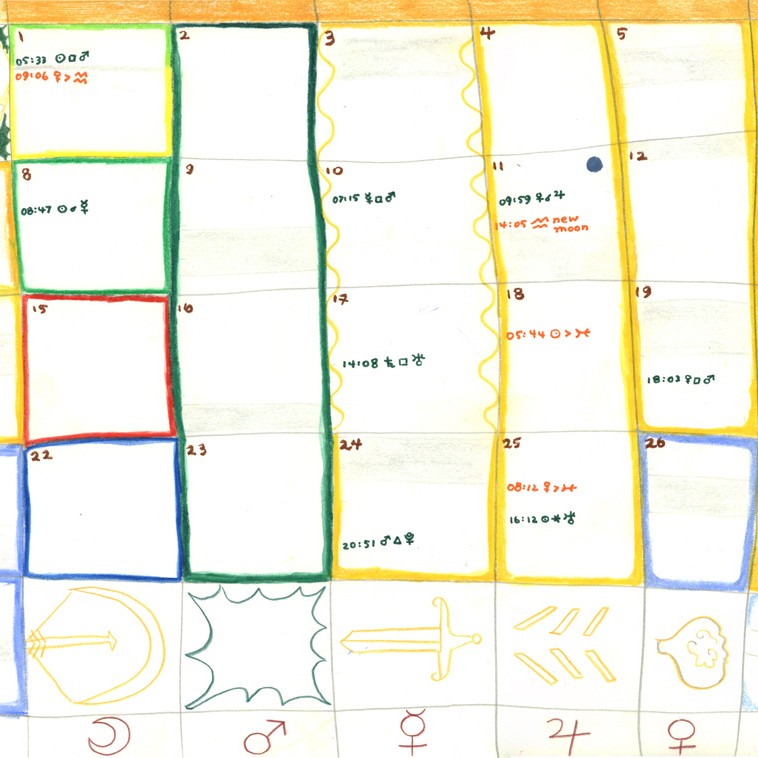
This is a calendar drawing of February 2021. Each day is dedicated to a planet or luminary. The following ideas of planets are derived from the Hellenistic tradition:
Sunday–Sun, self-expression, vitality, refuel your energy and passion
Monday–Moon, following your intuition, cleansing, bathing (all things regarding water), nurturing
Tuesday–Mars, high physical energy to get things done, challenging others, standing up for yourself
Wednesday–Mercury, communication, writing, science, divination, sending messages, beginning an education
Thursday–Jupiter, teaching, good for success, wealth, honor, making friends, and connecting to others
Friday–Venus, parties, friendship, sex, beautification, art and music
Saturday–Saturn, building structure, cleaning, eliminating, work with elders
(adapted from astrologer Nina Gryphon)
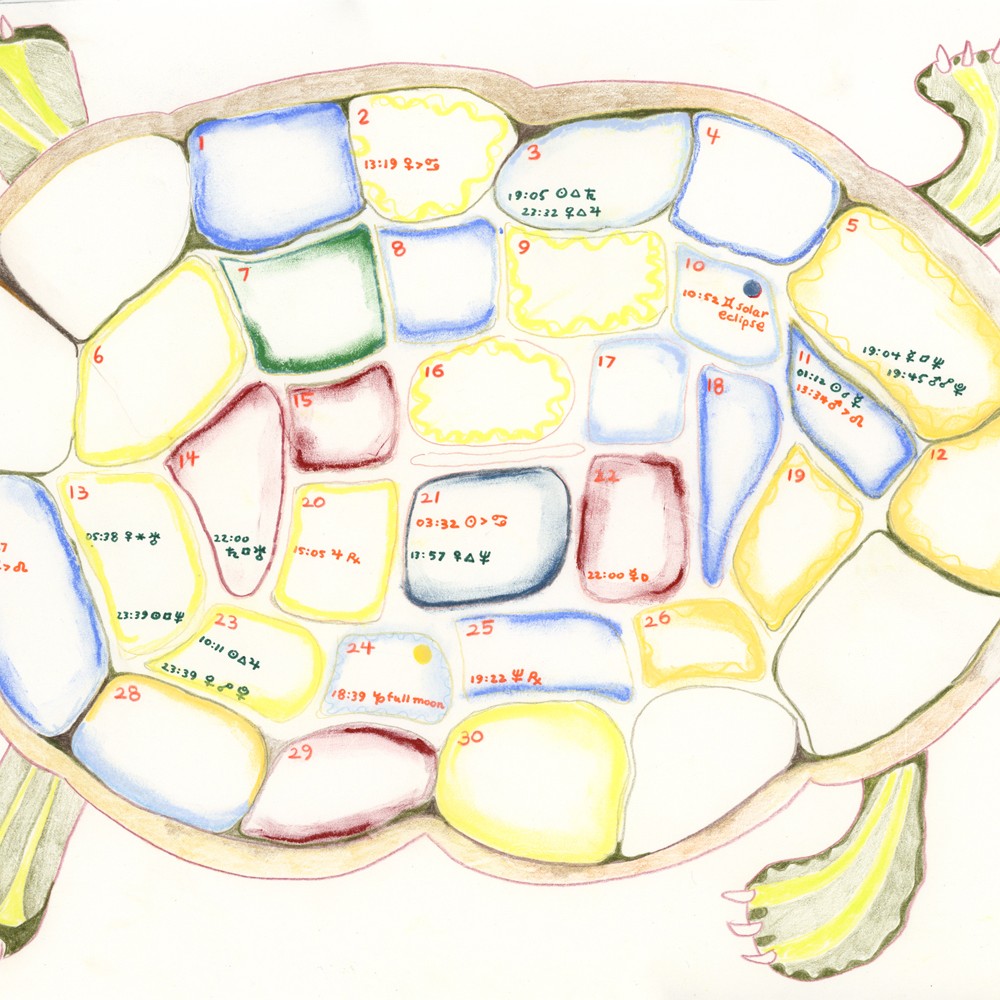
Sometimes a period of time can’t fully fit in a grid. It sprawls and carries potent messages in curls and spirals.
This is a calendar page for June 2021, carrying some of the logic of planetary days and borrowing loose inspiration from the Lo Shu square.
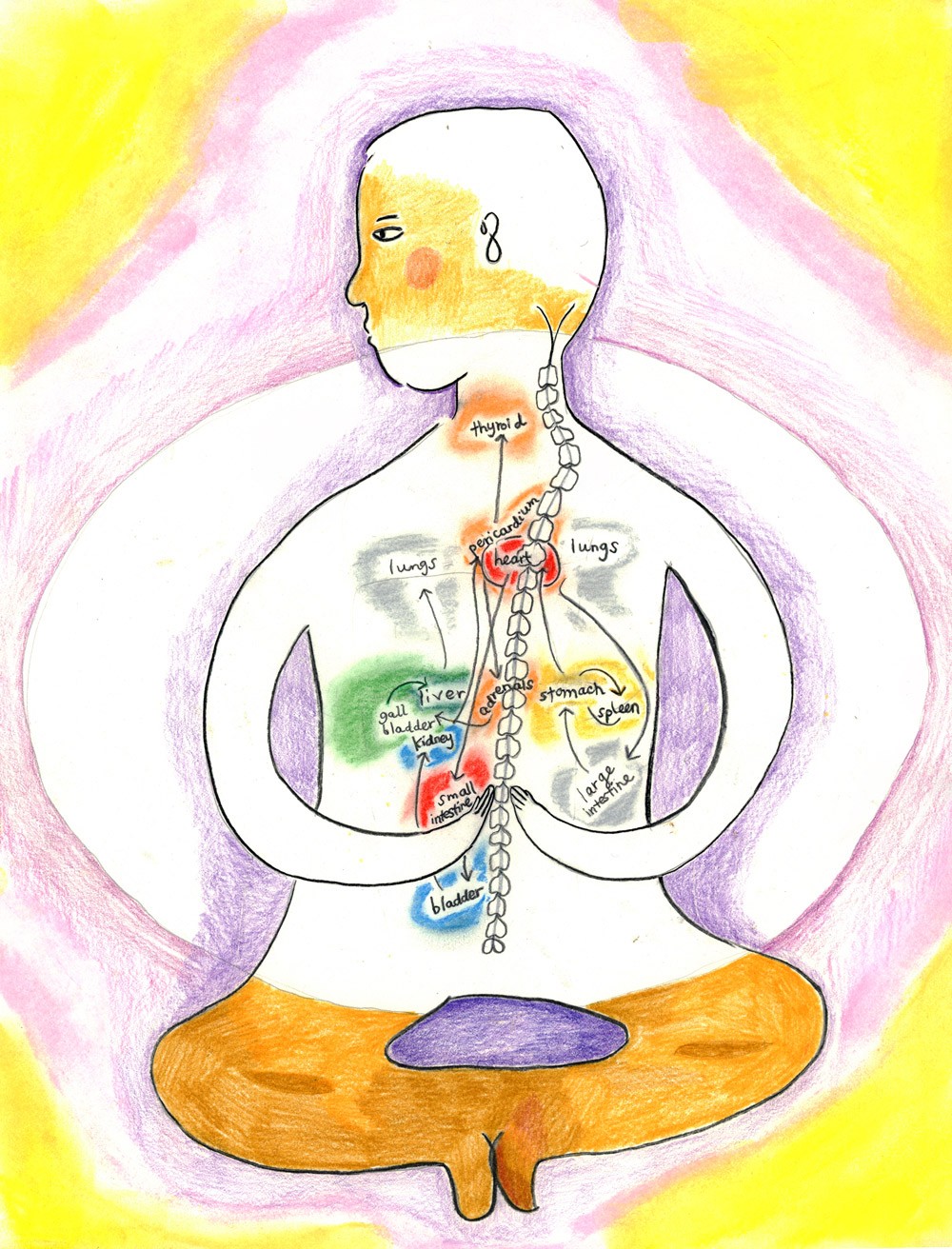
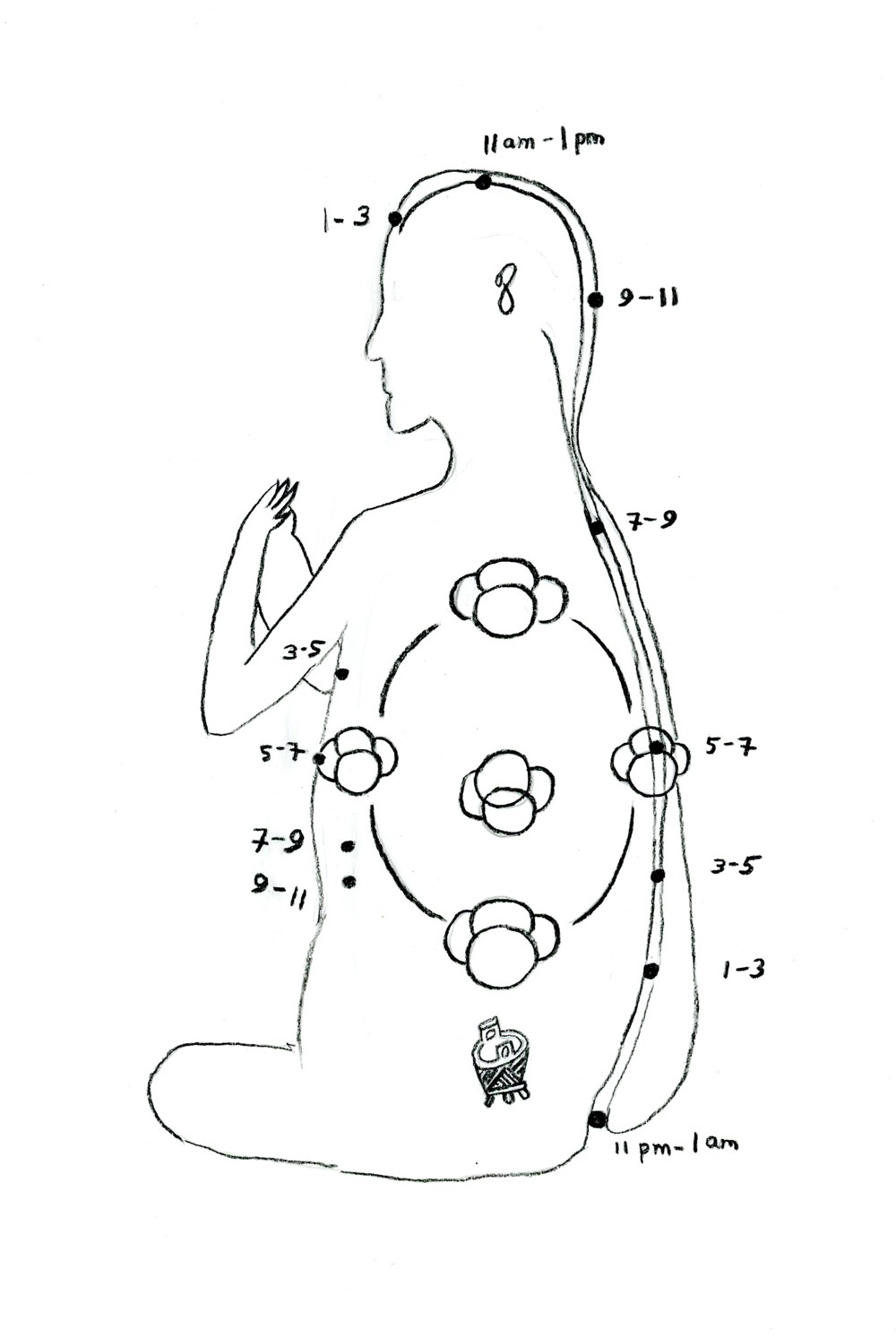
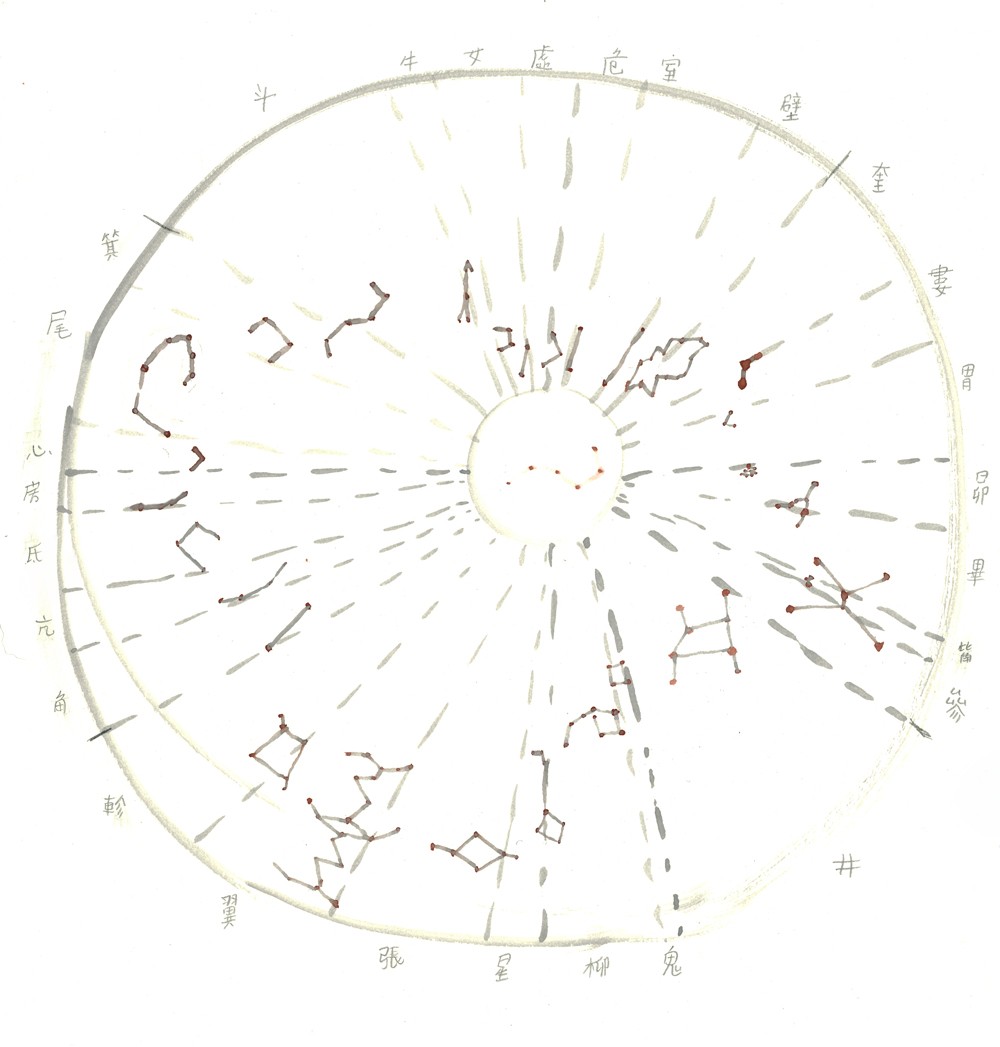
The lunar mansions are a specific form of time-keeping and divination in various cultures of cosmologies. Pictured here are the Chinese lunar mansions. Importantly, these depictions in antiquity were simultaneously a tool for collective time-keeping and a symbol of Imperial Chinese power.
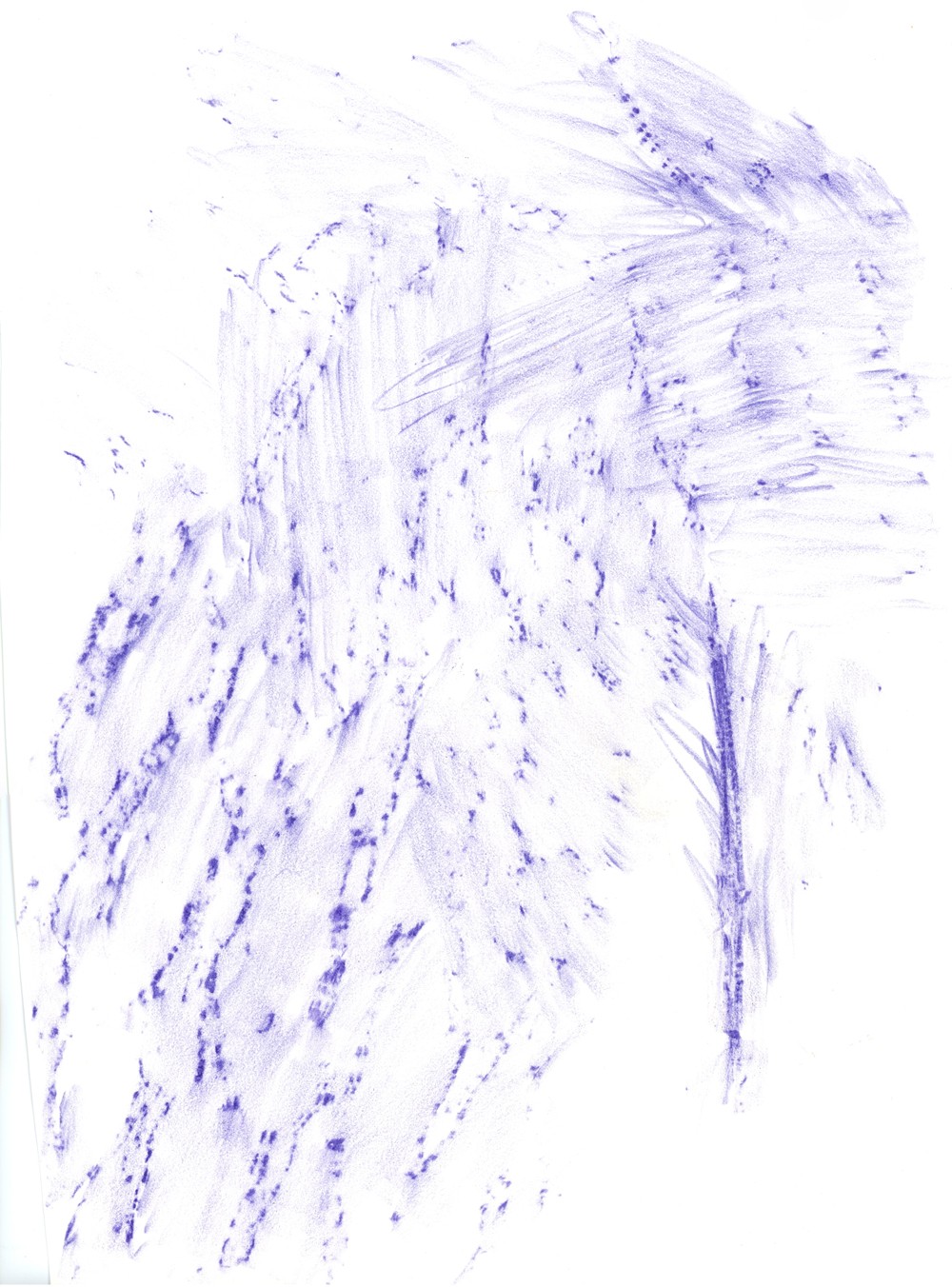
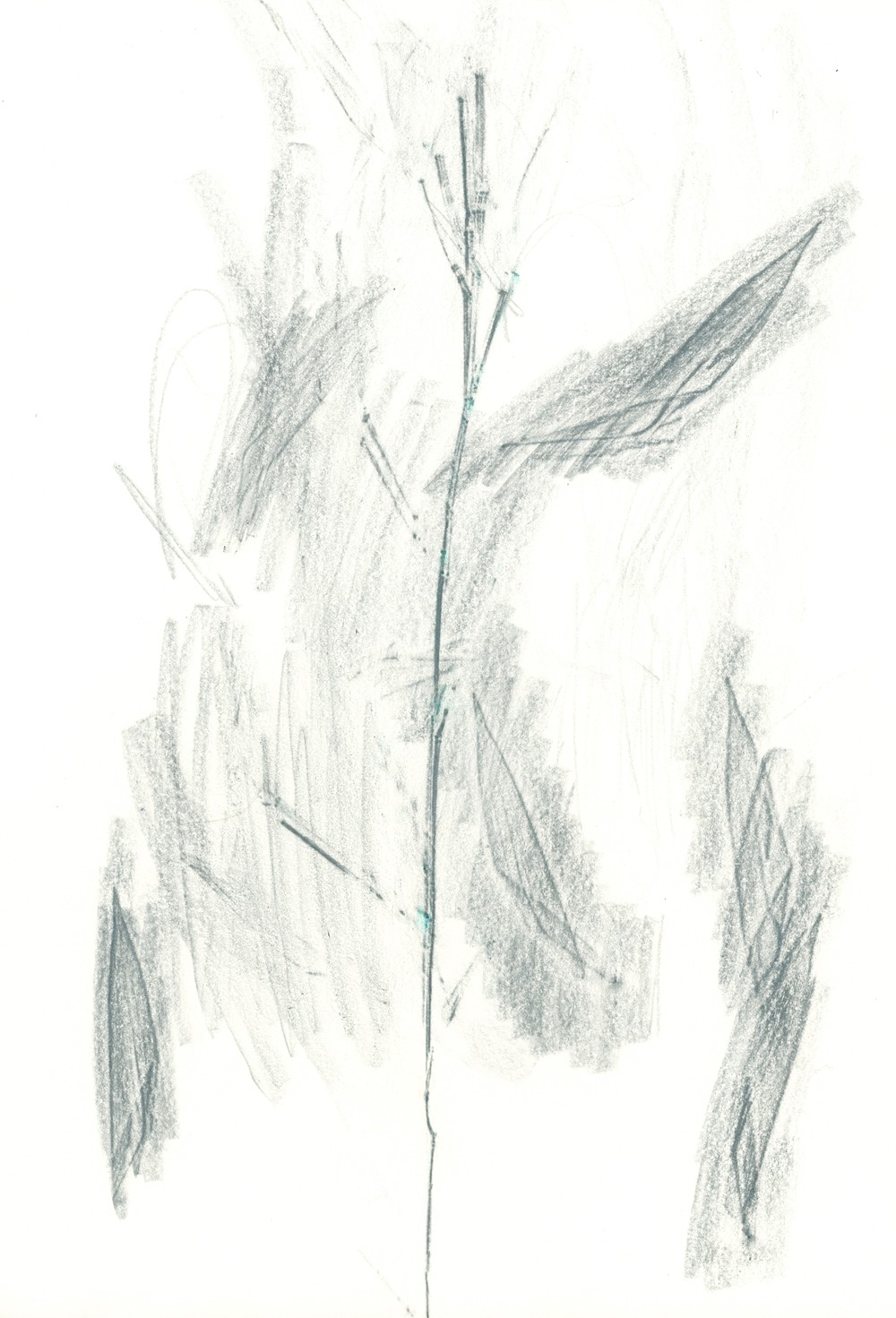
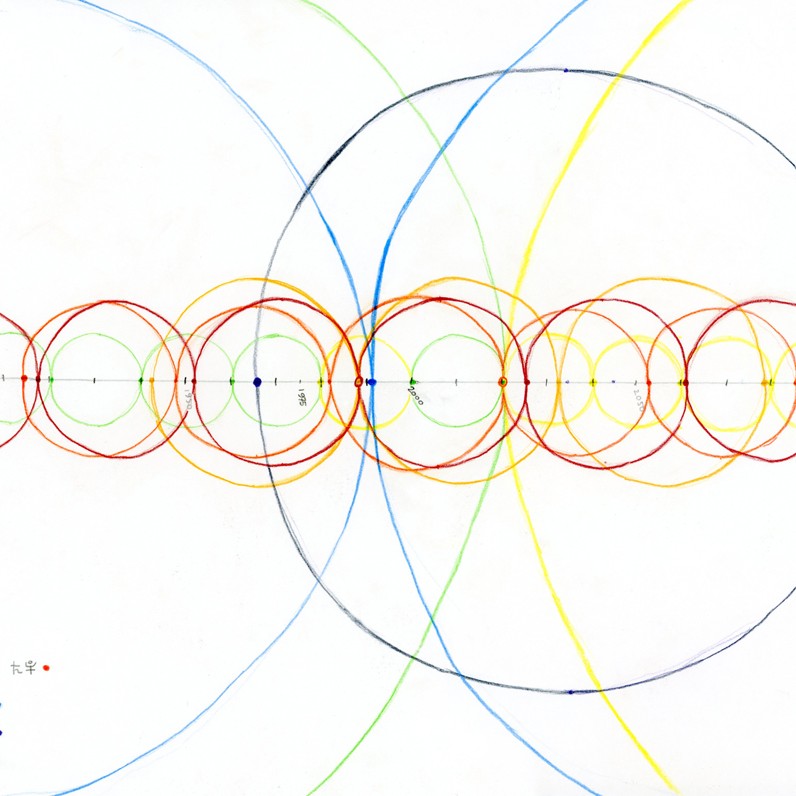
Pictured is a timeline of various planetary cycles and how they intersected from 1900 to 2100. A planetary cycle is a period of time between when two planets conjoin in the sky from the earth’s point of view.
Depicted are planetary cycles of outer planets, including Jupiter, Saturn, Uranus, Neptune, and Pluto. Each notch is ten years (with an exception to a 1975).
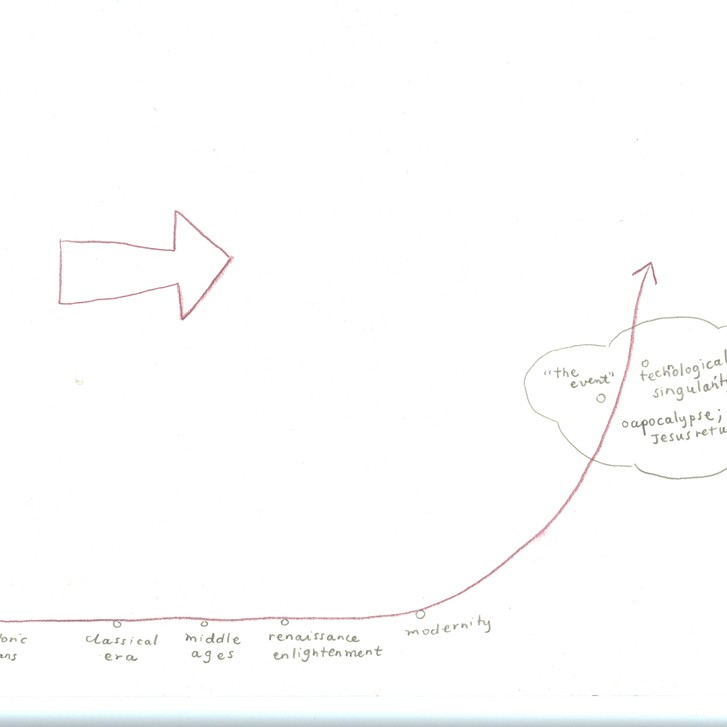
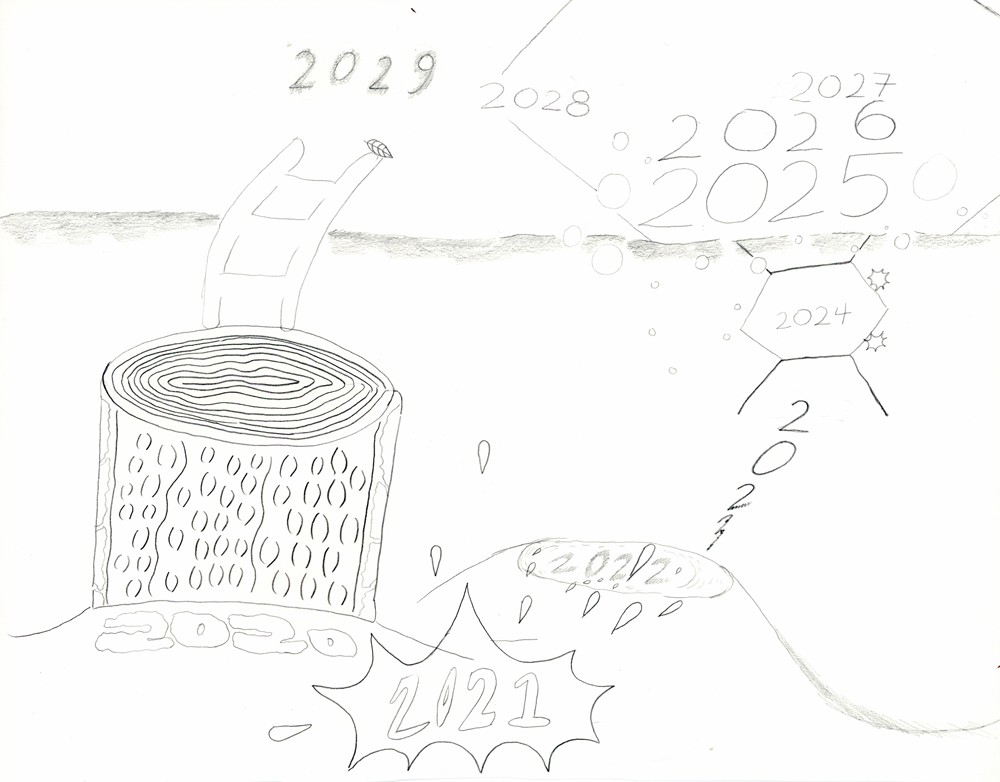
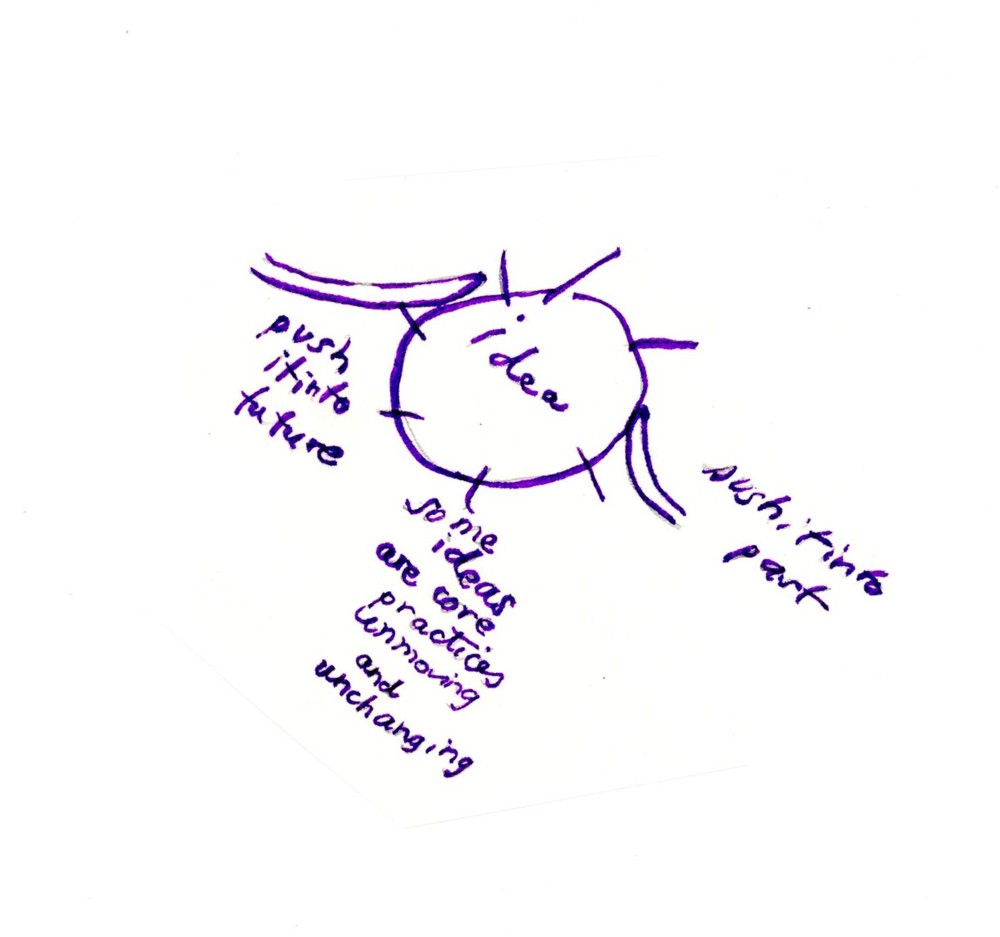
Masanobu Fukuoka, the writer of “One Straw Revolution”, writes about how people approach farming, wanting to view certain ideas as futuristic and innovative or thinking about others as primitive or in the past. Instead, he posits that this approach is stuck in a constant see-saw of reactions and forgets that in the center of a centrifugal-centripetal movement is a unchanging center. Time exists outside of desires for futurity and examinations of history, but a relation to time is determined by the ways we play with futurity and history and present.
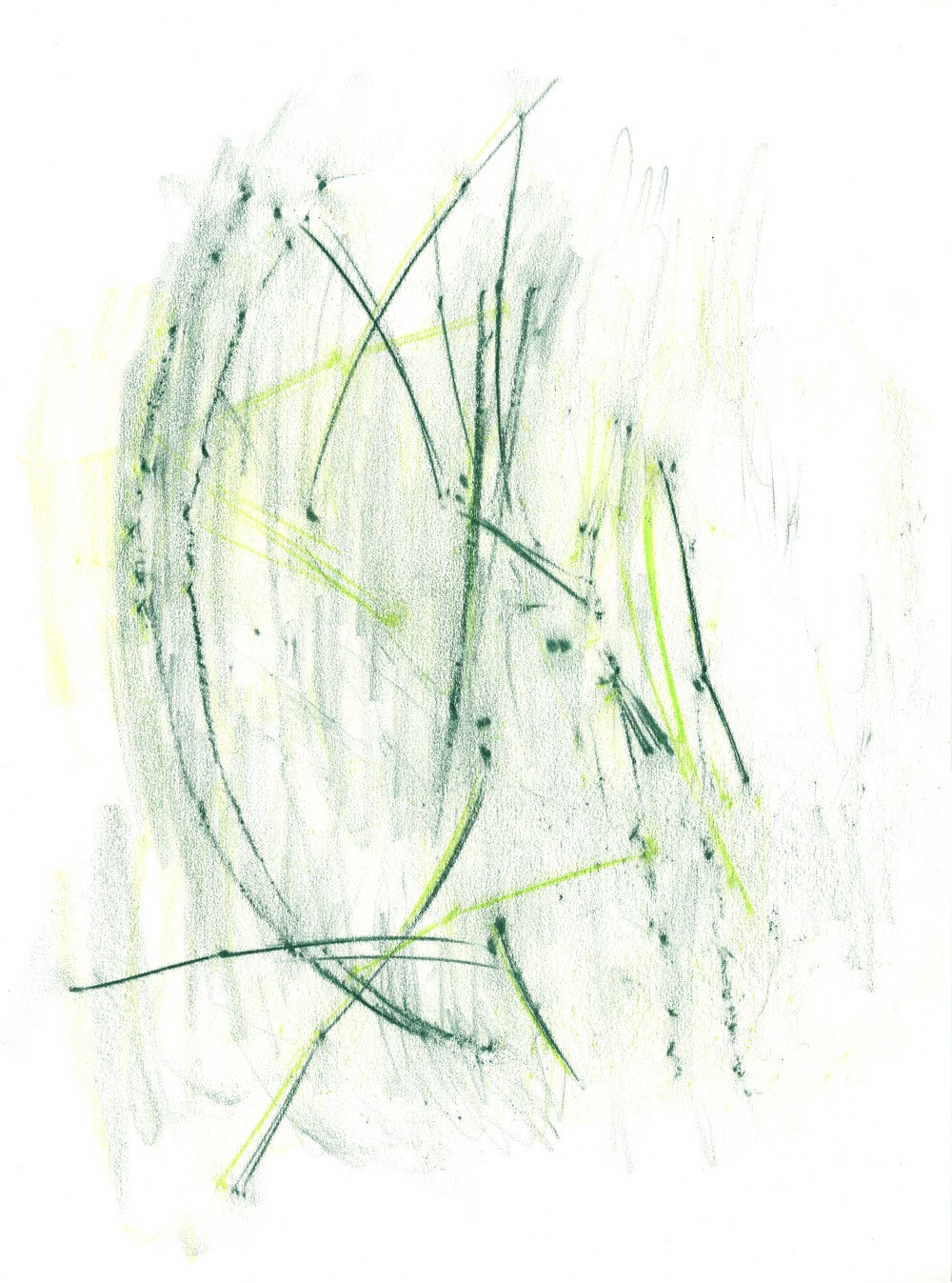
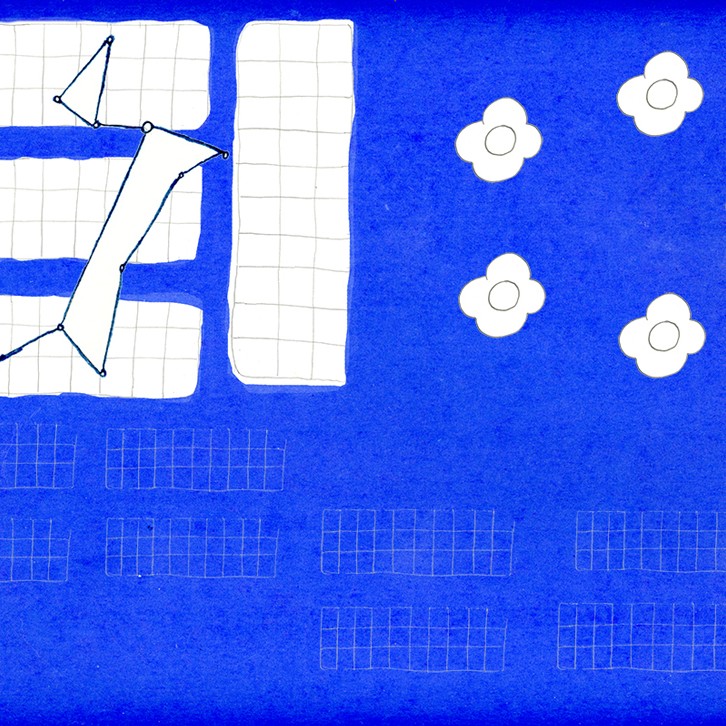
The ancient Egyptian calendar, ancient Chinese calendar, and French Revolutionary calendar all feature a ten-day week. In Ancient Egypt, five holy days were set aside to total 365 days a year.
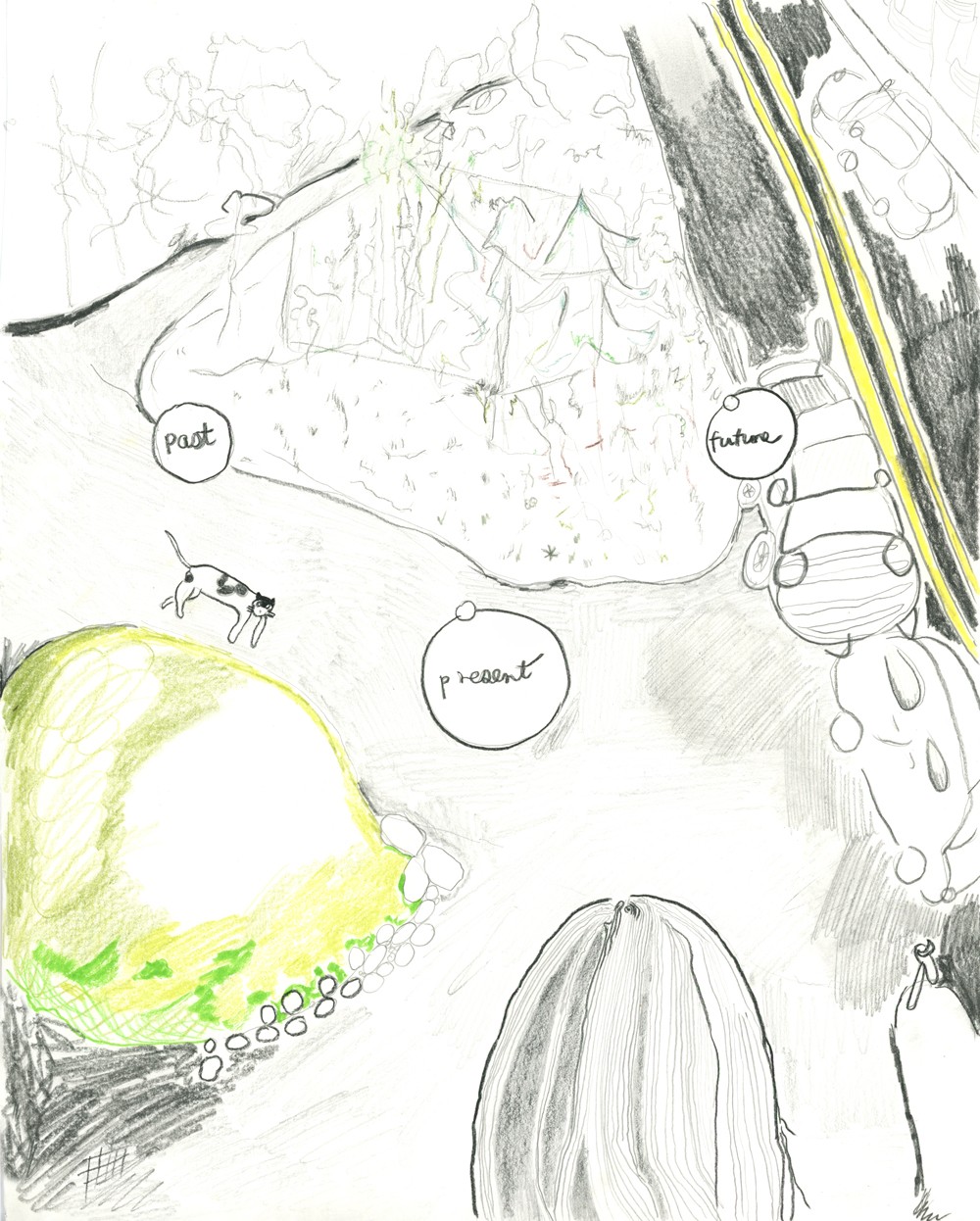
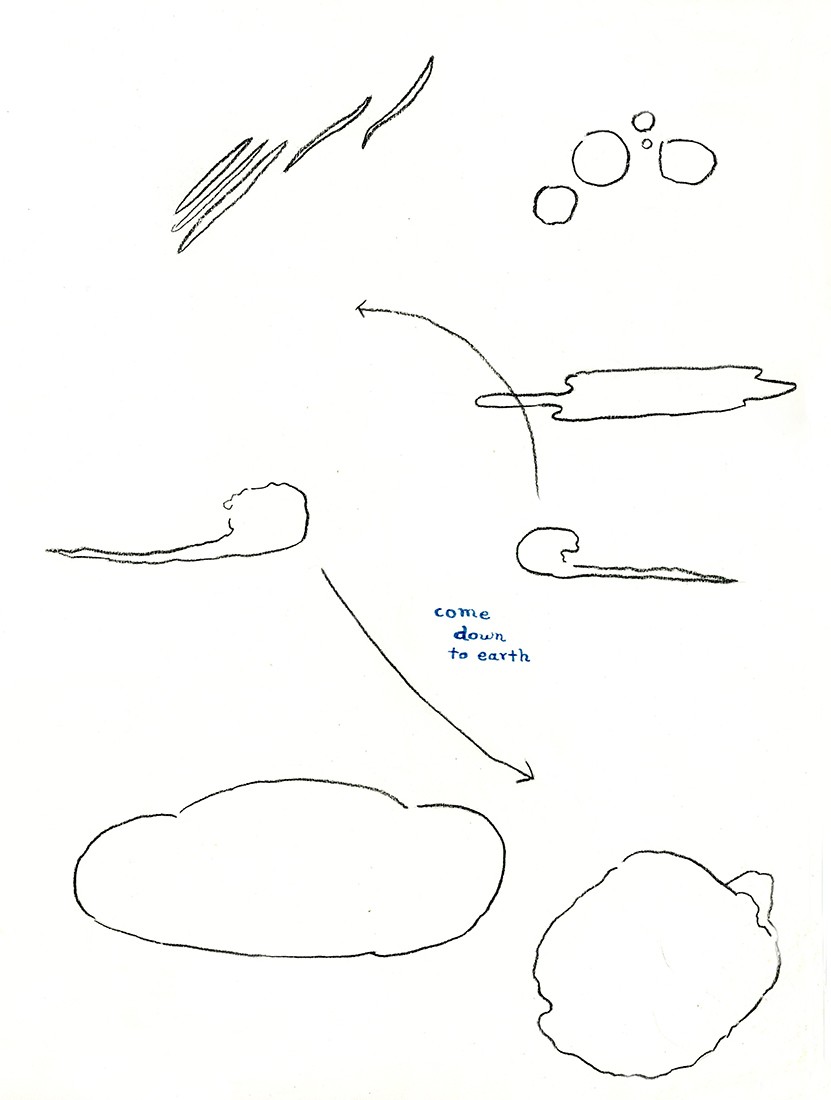

Divination as an action is a form of time-keeping. Rather than possessing time, time possesses you. To hold time is to be held by it. To be a present observer is to participate in creating its story.
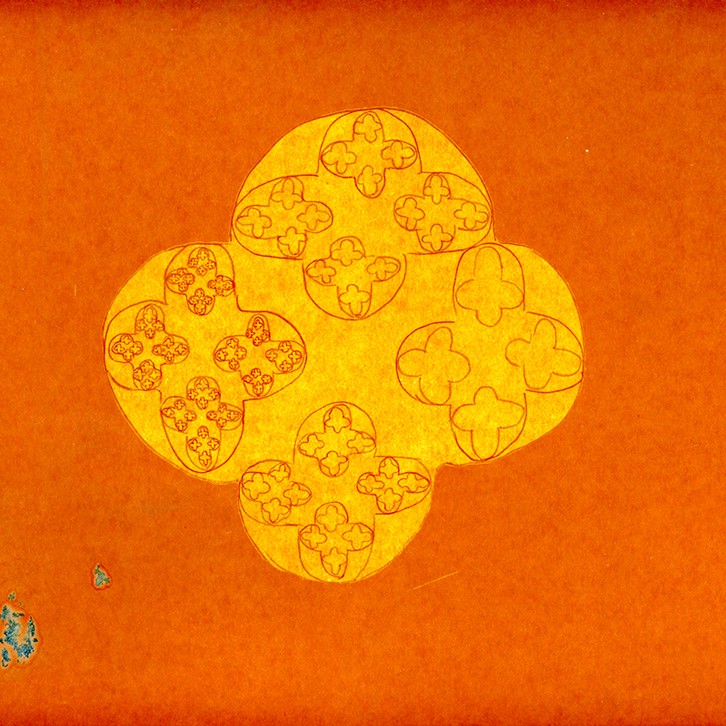

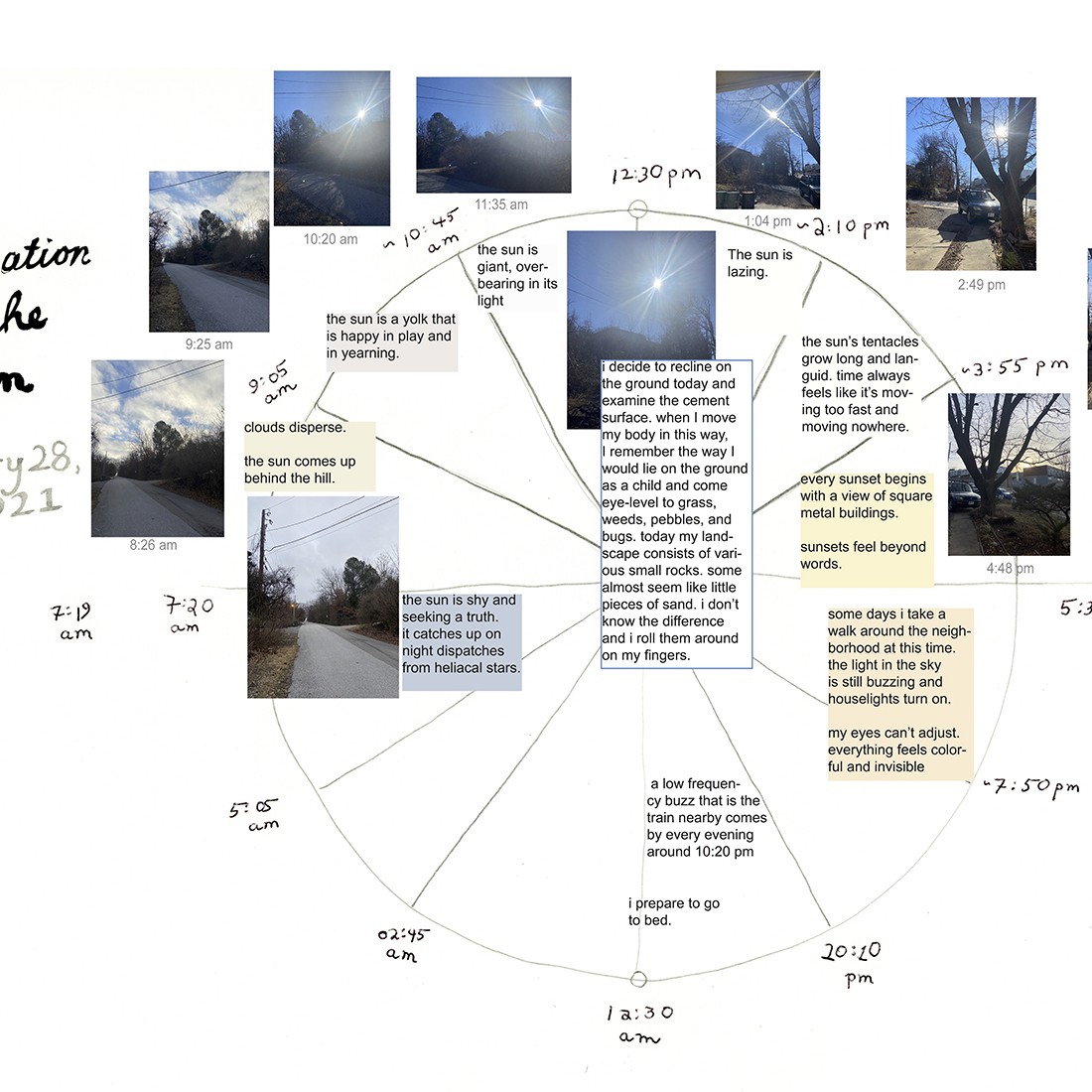
Time is how a community organizes itself, and it is a form of understanding land and locality. The land is always changing. In some areas it bares fruit in one season and in other areas others come up in full bloom later. In some areas, the sun shines warmly and bright orange, and other places at specific times it is a beaming light that crushes your eyebrows. Yu Zhou – all of spatial directions, and all of time come together to talk about the universe.
This is a specific meditation on the Sun in my locality, which is known as Northwest Arkansas as well as occupied Osage and Caddo lands.
